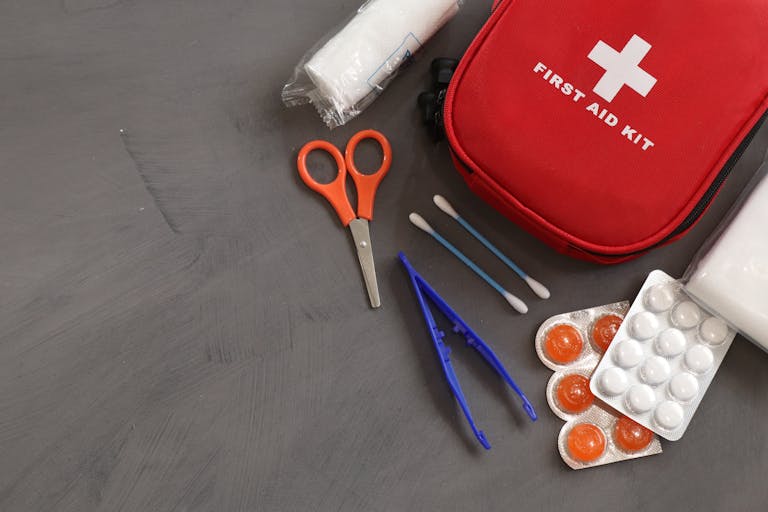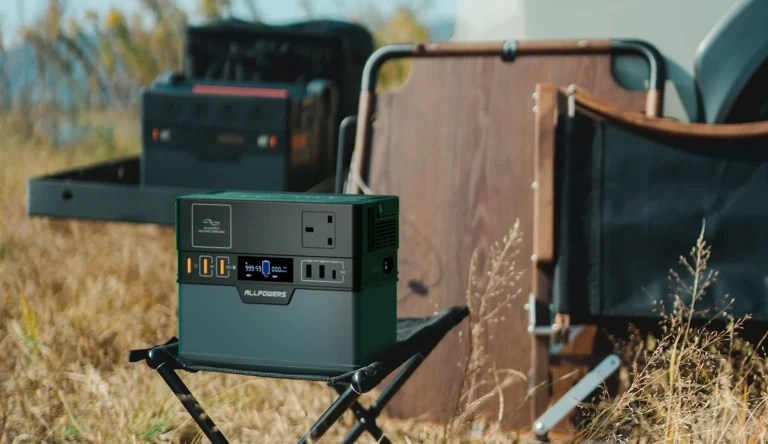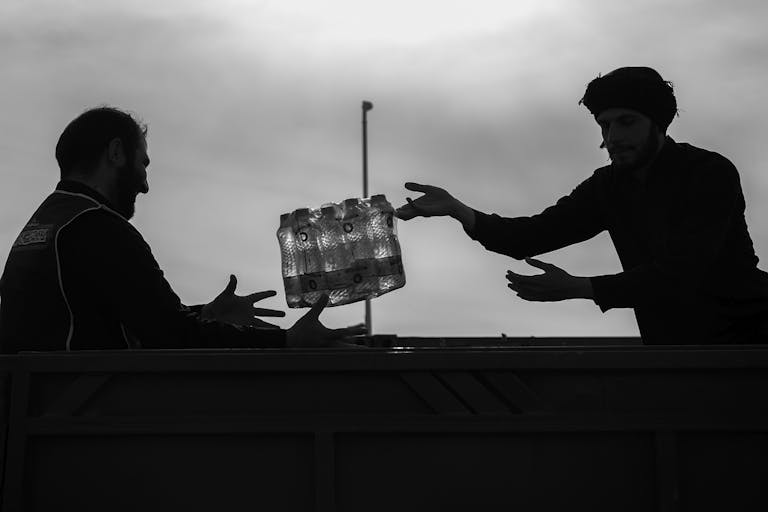72-Hour Food Preparedness: No Panic, Just Practical Steps

When it comes to emergency planning, “72 hours” is the golden rule. That’s how long you should be able to get by without outside help – whether due to extreme weather, power cuts, or other unexpected disruptions.
Now here’s the good news: most of us already have enough food in our homes to last three days. But – and it’s a big but – a lot of that food might be sitting in your fridge or freezer. If the power goes out, that stash comes with an expiry timer. Basic Food Preparedness is easy!
Start with the perishables
If the lights go out, your fridge will keep things cool for about 4 hours if unopened, and your freezer can hold its temperature for up to 48 hours if it’s full (24 if it’s half full). So, your first step is simple: eat the stuff that’s going to spoil first. That means your fresh meat, dairy, leftovers – anything in the fridge that won’t keep.
Think of it as an excuse to have a bit of a feast (or at least get creative with what you’ve got).
Then move on to your easy, shelf-stable foods
After the fridge and freezer are cleared out, you’ll want to have a small stash of food that doesn’t need refrigeration – ideally things that require little or no cooking. Here are some examples:
- Tinned soups, beans, spaghetti hoops, or chilli
- Tinned meats (tuna, chicken, corned beef)
- Canned veg and fruit
- Instant noodles or couscous (just need hot water)
- Peanut butter, jam, crackers, oatcakes
- Long-life milk or plant-based alternatives
- Cereal, porridge pots, or granola bars
- Trail mix, dried fruit, nuts
- Baby food and formula if you’ve got little ones
A couple of days’ worth of these low-prep items can be a real lifesaver – and it doesn’t have to cost much or take up loads of space.
Don’t panic buy – just store what you actually eat
When thinking about emergency food, it can be tempting to head to the nearest supermarket and load up on cheap tins of beans or value-brand noodles. But unless that’s already part of your regular diet, it’s much better to simply keep a bit more of what you already enjoy eating.
Rotate it in and out as part of your normal meal planning, and just keep an eye on the dates. Remember:
- Best-before dates are about quality, not safety. Food past this date may not be at its absolute best, but it’s usually still perfectly edible. Use your nose, your eyes, and your common sense.
- Use-by dates, on the other hand, are about safety – especially for things like dairy, meat, and ready meals. If it’s past the use-by date, it’s best not to risk it.
It’s worth repeating: we’re only talking about the first 72 hours – that’s the UK Government’s basic recommendation for getting through a short-term emergency. This isn’t about long-term prepping or stockpiling for weeks on end. It’s just about having a small buffer, using what you already like and eat, and being a little more intentional with how you plan your kitchen shelves.
Being prepared doesn’t mean buying food you’d never normally touch. It just means thinking a few days ahead – and that’s something anyone can do.
How are you going to cook it?
If your power goes out, your ability to cook will depend on what kind of appliances you have. If you’ve got a gas hob (and it doesn’t rely on electricity for ignition), you might still be able to light it with a match. But if you’re all-electric – or if gas is disrupted too – it’s worth having a backup.
A simple camping stove is a great option. You might already have one kicking around from festivals or camping trips, and if not, they’re pretty affordable. Just make sure you’ve got a few spare gas canisters stored safely. They’re compact, don’t go bad, and have an unlimited shelf life if kept in good condition – so it’s a one-time buy that’ll keep you covered for years.
No stove? Got a garden? Fire up the barbecue. It’s not the most efficient method, but in a pinch it works. Charcoal or gas, either will do.
Don’t Forget About Your Pets
When preparing for a 72-hour emergency, it’s important to include your pets in your food planning. Pets need food too, so here are a few things to keep in mind:
- Stock up on pet food: Make sure you have enough pet food for at least 72 hours. If you use specific types or brands, be sure to account for that, as well as any special dietary needs they may have.
By adding your pets’ food to your emergency supplies, you’ll ensure they’re looked after during an emergency.
The bottom line?
You’re probably already most of the way there. A quick look in your kitchen cupboards and freezer will likely confirm it. But being prepared is about thinking ahead, not panicking later.
Set aside a small stash of ready-to-eat food, check your cooking options, and you’re good to go. It’s one less thing to worry about – and that’s what preparedness is all about.
Have your own Thoughts? Leave a comment Below 🙂
A little disclosure: there are affiliate links on this website! That just means if you click on a link, find something you like and buy it, this site might receive financial benefit. Don’t worry, you won’t pay any extra – sometimes you might even get a discount. These links help to pay for the upkeep of the site.
Disclaimer: The content of this website is opinion and should never be considered as professional advice. Always consult a professional in the relevant areas.





